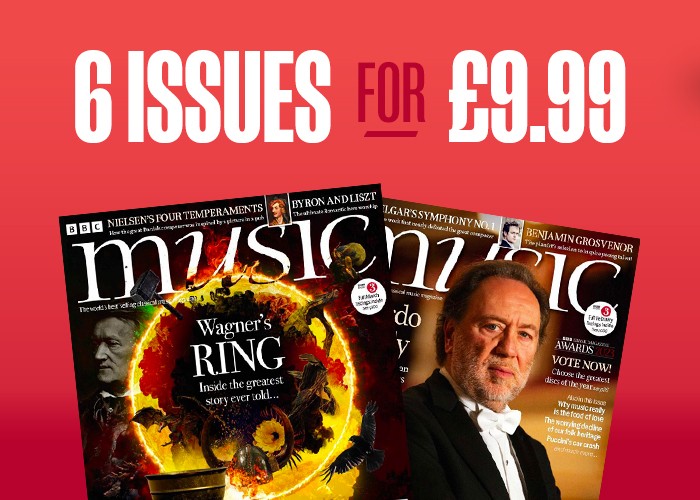What is a Passacaglia?
Know what a passacaglia is? Stephen Johnson explains

A passacaglia is a musical form that originated in Spain in the 17th century and is often based on a ground bass and written in triple metre. It was initially written to accompany a type of Spanish dance.
Forget the offside rule. If you really want to involve yourself in a hair-splitting, mare’s-nest-untangling fight about terminology, take two musicologists to the pub, prime them with a drink or two, then ask them the difference between ‘Passacaglia’ and ‘Chaconne’. Or better still, don’t.
Don’t bother with etymology either. If you do, you will discover that the former derives from a Spanish phrase meaning ‘a step in an alley’, and the latter from a Basque word meaning ‘pretty’. You then have the business of trying to explain how either applies to Purcell’s ‘When I am laid in earth’, the ‘Crucifixus’ from Bach’s Mass in B minor, the grandly tragic finale of Brahms’s Fourth Symphony and the nightmarish second interlude from Act II of Britten’s Peter Grimes.
We can say for certain that both terms emerged in the early Baroque era, and that originally they were dance forms. In dance it’s always a good idea to know what the basic rhythmic pattern is, and here the first designated chaconnes and passacaglias agreed: three beats in a bar, usually in a measured, stately tempo.
Quite often you’ll find the same basic rhythm: simply One – Two – (three) – AND One – Two – (rest). It’s there, either up-front or pulsing away in the background, throughout the famous Chaconne from Bach’s Partita in D minor for solo violin, as it is in the finale of Hindemith’s Suite Nobilissima Visione and the central section of the finale of Shostakovich’s 15th Symphony.
However, the main propelling idea is usually in the bass. Think of the 12-bar bass in jazz, blues or swing and you’ll get the idea. A simple but distinctive bass figure is played over and over, rotating like a carousel. Eventually the repeated pattern is established so firmly in the mind that you can stop repeating the bass and let the memory of it propel the music. So long as the harmonies associated with the bass-line are still there, the mind does the rest – like a kind of aural join-the-dots puzzle.
Interestingly, the greatest passacaglias tend to be tragic. Perhaps it’s the feeling of inexorability. Monteverdi’s despairing nymph in Lamento della ninfa, Purcell’s Dido bent on self-destruction, Christ submitting to his fate in Bach’s Mass, the forces of annihilation closing in on Grimes – that implacable repeating bass lays it all bare. So don’t let anyone tell you that form and feeling are two separate issues: passacaglia (or is it chaconne?) gives the lie to that.




